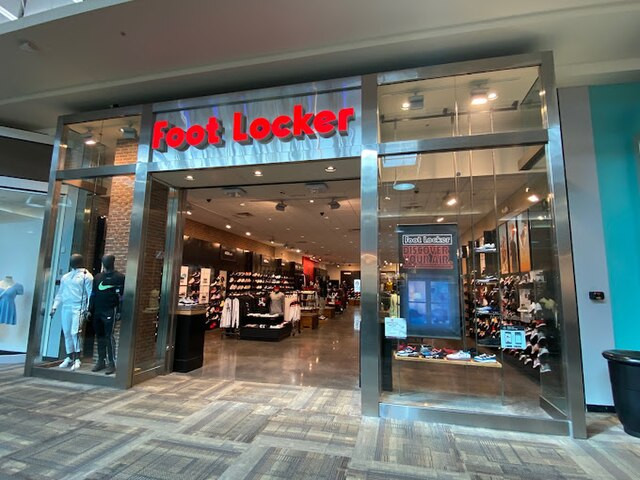Foot Locker's strategic turnaround appears to be gaining traction as the company's first-quarter results outperformed Wall Street expectations, sending its stock soaring by 30% in early trading on Thursday. The sneaker giant's efforts to enhance digital engagement, revamp store experiences, and strengthen its brand partnerships are beginning to bear fruit, offering a positive outlook for the remainder of the fiscal year.
The company reported a 1.8% decline in comparable sales for the quarter ending May 4, a significant improvement over the 3.1% drop analysts had forecasted, according to StreetAccount. Foot Locker's revenue came in at $1.88 billion, aligning with Wall Street's expectations. Adjusted earnings per share stood at 22 cents, nearly double the anticipated 12 cents per share, based on a survey by LSEG.
CEO Mary Dillon, who has been spearheading the turnaround since her tenure began, expressed optimism about the company's direction. "We had a solid start to the year in the first quarter, which demonstrates that our Lace Up Plan is working," Dillon told CNBC. Key initiatives include the launch of an enhanced FLX rewards program and a revamped mobile app aimed at boosting customer engagement and driving sales.
Foot Locker has also reaffirmed its fiscal year guidance, projecting a range of a 1% decline to a 1% gain in sales, compared to analysts' forecasts of a 0.6% decline. The company anticipates adjusted earnings per share for the full year to be between $1.50 and $1.70, ahead of the estimated $1.57.
Despite the progress, Foot Locker continues to face challenges, notably from fluctuating consumer spending and strained relations with key brand partners like Nike. Sales at the company's Champs Sports banner fell sharply, with comparable sales down 13.4% for the quarter. Nevertheless, Dillon highlighted that the company's average selling price increased, indicating that consumers are still willing to pay a premium for desirable products.
Foot Locker's digital transformation and store refurbishment are central to its turnaround strategy. The company opened four new stores, closed 37, and remodeled or relocated 16 stores in the first quarter. Dillon emphasized that these updates are crucial for enhancing the customer experience and attracting top-tier products from brand partners.
A significant aspect of Foot Locker's strategy is its loyalty program, FLX Rewards, which is set to formally launch in the second quarter. Early tests of the program have shown promising results, with higher activation rates and increased transaction values. Dillon believes the loyalty program will provide valuable consumer insights, further strengthening Foot Locker's market position.
Investors have responded positively to the company's recent performance and strategic initiatives. Prior to the release of the first-quarter results, Foot Locker's shares had declined nearly 27% year to date, compared to an 11% gain for the S&P 500. However, the better-than-expected earnings report has bolstered investor confidence, reflected in the significant stock price surge.
Foot Locker's relationship with Nike remains a focal point. Nike CEO John Donahoe acknowledged in April that the brand had reduced its wholesale partnerships too aggressively and expressed a renewed commitment to collaborating with retailers like Foot Locker. This renewed partnership is expected to benefit Foot Locker, especially during the crucial holiday quarter.
Looking ahead, Foot Locker plans to continue its store refresh initiatives, aiming to update two-thirds of its global Foot Locker and Kids Foot Locker locations over the next few years. The company's "store of the future" concept, which replaces the traditional wall of shoes with a more dynamic house of brands, has received positive feedback from brand partners and consumers alike.






